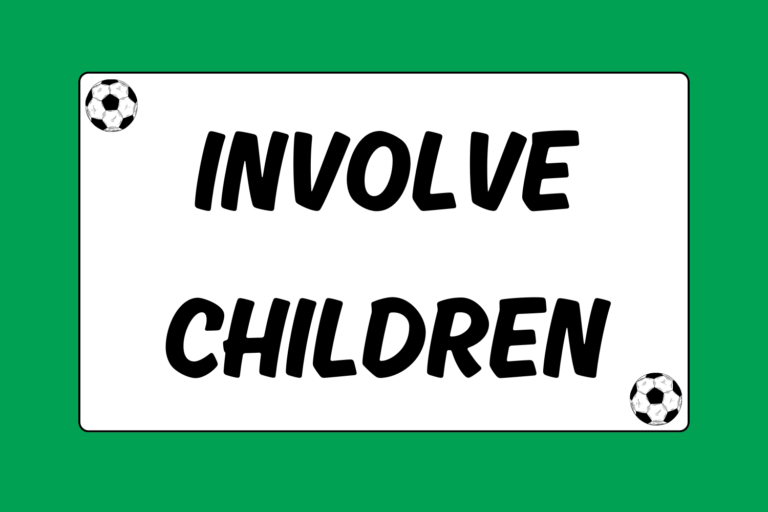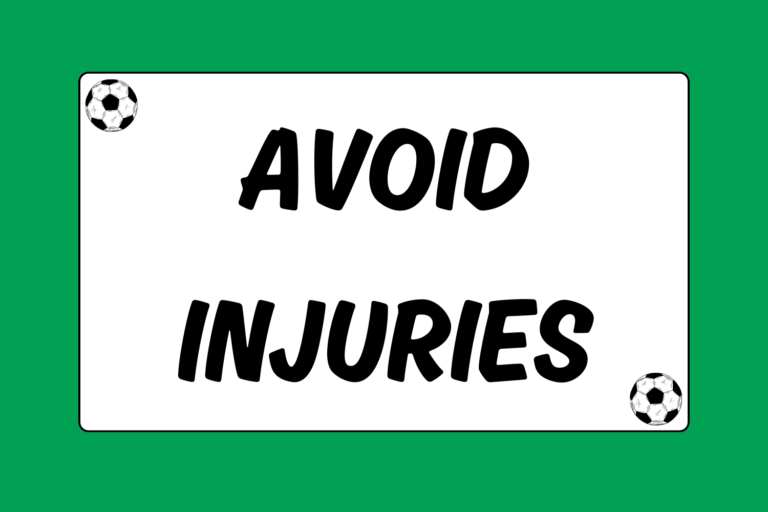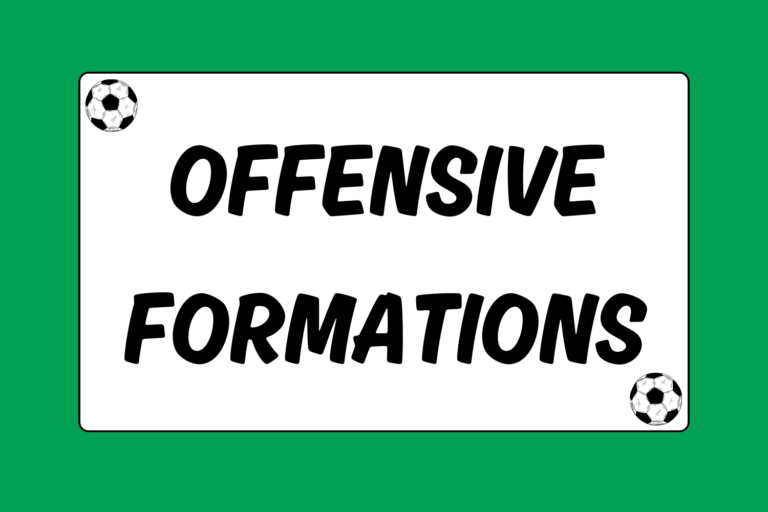The most important thing to understand about soccer fouls is that they are called for two reasons:
- The protection of the players
- To keep the game fair
Most fouls in soccer occur on contact plays, when a player uses excessive or reckless force toward or near an opposing player. Referees call fouls in soccer to reduce unnecessary contact and keep the game safe for everyone on the field.
Fouls are also called to make sure the game is played fairly. Acts in soccer that give a player an unfair advantage, whether they are purposeful or accidental, are fouls. It’s important to learn what is called a foul to stay on the field and help your team win.
Contact Fouls
It’s very important to understand that determining a contact foul depends on the discretion of the referee. When the referee believes contact could have been avoided, or was excessive in some way, a direct free kick is awarded.
At the youth level, contact fouls are called more liberally. This is for the protection of the players, and to instruct players on the basic rules of the game. The most common contact fouls are:
- Kicking
- Tripping
- Charging
- Pushing
- Jumping into an opponent
- Tackling
The distinction between excessive and non-excessive use of force is the most important determining quality of the potential foul. When the referee believes the contact is unsportsmanlike or reckless, a foul will always be called and a direct free kick will be awarded.
Slide-tackling
When making a slide tackle, a foul can sometimes be avoided by first touching the ball to gain possession. However, it is important to remember that a foul for tackling can still be called even if the tackler contacts the ball first. This usually happens if the tackler is too aggressive toward the ball-handler, or uses excessive force in tackling the offensive player.
Non-Contact Fouls
The most common non-contact foul is a hand ball. This is only called when the player touching the ball with his hand does so deliberately. When a player uses his hand to touch the ball instinctively or to protect himself from injury, there is no foul. This is also true when the ball touches a player’s hand naturally without him moving his hand toward the ball.
Other non-contact fouls include:
- Obstructing an opponent: This is called when a defending player impedes the progress of an opponent by getting in his way, or if a player is not near the ball and screens or shields an opposing player.
- Dangerous play: High kicks close to an opponent, even if they don’t draw contact, are considered dangerous play.
- Impeding the goalkeeper: Any attempt to prevent the goalie from releasing the ball – by standing in his path, or preventing him from throwing or kicking the ball – can be called a foul.
- Unsportsmanlike play: Unnecessary language or dissent toward an opposing player or referee will almost always be called a foul.
Mental Edge:
The referee does have the discretion to let the game continue if doing so would benefit the non-offending team. Called the Advantage Clause, this occurs when the fouled team would be unfairly punished by stopping play, because it is on the attack or has a breakaway.
Free Kicks
Free kicks are taken from the spot of the foul after play is stopped. Depending on the foul, the free kick will either be direct or indirect. The distinction between the two types of free kicks is that a goal can be scored on a direct free kick, while a player has to touch the ball first on an indirect free kick.
Each of the contact fouls mentioned above, along with thehand ball foul, results in a direct free kick for the opponent. The remaining non-contact fouls lead to an indirect free kick from the spot of the foul.
Penalty Kicks
A penalty kick is awarded to the fouled team when a foul occurs inside the penalty area. It is a direct free kick taken 12 yards out from the goal line that pits an offensive player one-on-one against a goalkeeper. Penalty kicks are usually a great opportunity to score a goal.
Because they are such an advantage, defenders are often warned by coaches not to commit fouls or use their hands inside the penalty area. Many referees are hesitant to call fouls in the penalty area because of the advantage they give to the fouled team, and will do so only when fouls are obvious or excessive.
Yellow & Red Cards
For more severe fouls, referees have the option of handing out yellow or red cards:
- Yellow Card: Yellow cards are often given to players after repeated careless acts, dissent toward a referee, or other unsportsmanlike behaviors. A player who receives a yellow card is warned to avoid future fouls.
- Red Card: Red cards are reserved for hard tackles and contact that is intended to injure an opposing player. Violent or aggressive action toward another player also yields a red card, as does a second yellow card from the referee. Players who receive a red card are dismissed from the game and cannot be replaced by a teammate.
Red cards penalize both the player and the team, because the team must player the remainder of the game a man down after one player is expelled for receiving a red card. Regardless of the color, cards are given purely at the discretion of the referee.
Mental Edge
Referees sometimes use yellow and red cards to control the aggressiveness of a game, or to set the tone for fair play. Players who tone down their aggression after a card is handed out to a teammate or opponent are very unlikely to receive a card of their own.
The Rules of the Game
Understanding fouls in soccer is a critical aspect of improving your play on the field. While many of the rules are simple in theory, they can occasionally be difficult to follow during the game. This is especially true when defending against tough opponents.
The best way to avoid fouls is to have quick feet and developed skills. It’s also important to avoid aggressive play and remember the rules of the game. In the end, fouls are present to keep the game safe, fun, and fair for everyone.





